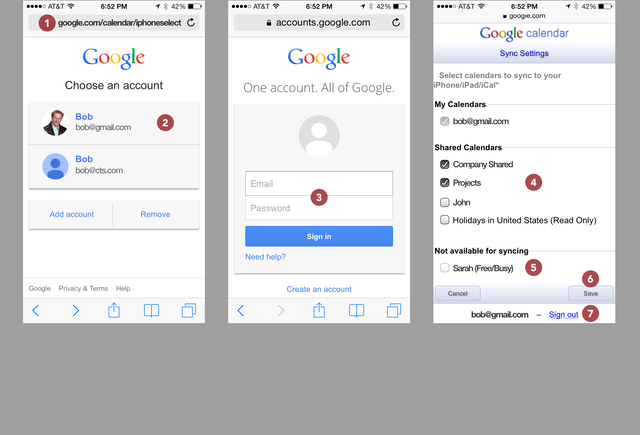
That’ll let you create an event without having to leave the main Calendar screen.ġ7. You probably know about Calendar’s “c” keyboard shortcut for creating a new event, but here’s a helpful variation to add into your virtual toolbox: You can press Shift and “c” together to pull up Calendar’s floating-window event interface from your keyboard. You can also give each time zone a label (“Boston” and “California,” for example) to make things even simpler.ġ6. Look for the “Time zone” header in the website’s settings, then check the box next to “Display secondary time zone” and select what time zone you want. Manage appointments across multiple time zones by activating Calendar’s secondary time zone option, which gives you the ability to have events start or end in different locales without the need for any mental conversions. On the right-the sidebar that lets you view your Google Keep notes and other connected services-click the small left-facing arrow at the bottom to make that area vanish (and then click the right-facing arrow that appears if and when you want to bring the panel back).ĩ. On the left side of the screen, click the three-line menu icon at the top to collapse the sidebar (and then click that same icon to expand it as needed). Clear out clutter and give your calendar more space to spread out by hiding Google Calendar’s sidebars whenever you aren’t using them. Google Calendar can dim past events so they’re less attention-grabbing.Ĩ. You’ll notice the difference immediately in Calendar’s week and month views. Look for the “Reduce the brightness of past events” checkbox within the “View options” area of Calendar’s settings. Stop distracting yourself with events that already happened and let Calendar dim past appointments so you can focus on what’s next. Click the three-dot menu icon next to any calendar’s name in that same left-of-screen sidebar area, then select “Display this only” to give it a whirl.ħ. Conversely, Calendar can show you a single calendar at a time for a slimmed-down and easily digestible arrangement. That’ll keep it out of sight and clean up your active view, and you can then just recheck the calendar in question when you want it to appear.Ħ. In the left-of-screen sidebar on the Calendar website, uncheck the box next to any calendar you don’t want displayed. But some calendars aren’t important enough to be seen all the time-so let Calendar hide low-priority calendars by default and then show them only when you need them.

Having multiple calendars in your account can often be useful, whether you’re separating holidays, shared family events, or any number of shared work-related agendas.

Open the site’s settings, click “View options” in the left-of-screen sidebar, and then adjust the “Set custom view” option to set it up however you like.ĥ. Google Calendar can let you create your own custom view in addition to the standard day, week, month, and year arrangements-if, say, you want to view your calendar in a zoomed-in two-day perspective or maybe a zoomed-out two- or four-week layout.


 0 kommentar(er)
0 kommentar(er)
